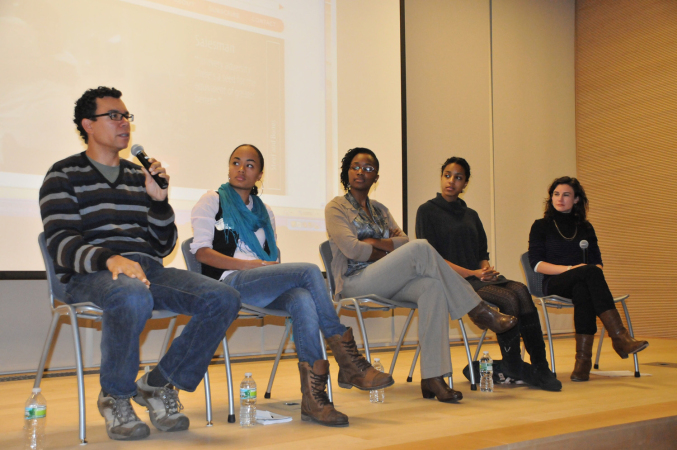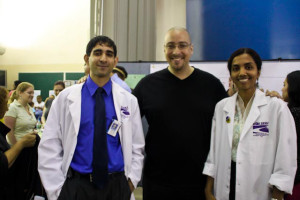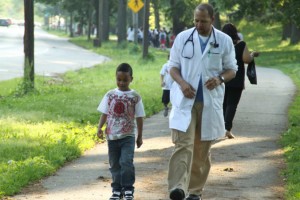The Waiting Room: Documenting the Uninsured & Publicly Insured in Oakland
Elien Becque is a writer living and working in New York City. Her works have appeared on the Atlantic Wire, rollingstone.com, iVillage.com and in New York Magazine.
Though the unnamed context in Pete Nicks’ new documentary, “The Waiting Room,” is the vast divide in heath care access between the haves and the have-nots, the film’s power is in its fiercely local focus. The setting is Highland Hospital’s Emergency Room in Oakland, CA. Nicks and his crew set their cameras rolling as the waiting room fills to capacity every day with both true emergencies and hundreds of people trying to obtain basic healthcare. The resulting story is of the common people—a portion of America’s 50 million uninsured—which CHMP’s Film & New Media Series screened on Thursday, Nov. 17th.
While taxpayers pay about 70% of insurance premiums on high-quality healthcare policies for Congress members and their families, lawmakers continue to debate and make position statements regarding what the rest of Americans need in terms of healthcare. Meanwhile, 250 people pass through Highland’s waiting room every 24 hours, many of whom will return within weeks to have a prescription filled or a bullet wound checked. Nicks tells a story of everyday suffering from the point of view of the elderly, the disabled, the immigrants, the recently laid off, or the just plain poor as they struggle through a healthcare system stretched to the breaking point. The system’s entry point is the ER at Highland because, as one doctor describes it, the ER is a social safety net that accepts anyone who walks through the door. The film’s intimate perspective, that of people who have nowhere else to go, brings seemingly intractable political problem to the social level, rendering it a human problem.
Though Nicks is pointedly not an activist filmmaker, his subject matter hardly escapes the question “The Waiting Room” is careful not to ask: “What to do?” A social media spinoff project is the initial answer. For now, whatruwaitingfor.com is a repository for hundreds of film clips of conversations taking place in the waiting room at Highland Hospital. Conversations are of the people, by the people and topics range from health to money problems to politics and faith. The library has essentially become a collective voice for change from a culturally disparate group of the medically disenfranchised; collecting these stories together is the first step in what the filmmakers call a “Community Engagement Project.” By taking the power of narrative beyond the realm of the well-financed filmmaker, whatruwaitingfor.com turns back around after the wrap party to present the subject matter itself with storytelling as a tool for change. Elien Becque

Photo Credit:Martin Dornbaum, Director Health Professions Education Center Hunter College- Brookdale Campus
Post screening panel: Pete Nicks, Jamilah King, news editor at Colorlines.com, Tonya N. Walker MD, attending physician in the department of Emergency Medicine Center at New York Presbyterian/Columbia University Medical Center, Sheena M. James RN, BSN, Emergency Medicine Center at New York-Presbyterian Hospital/Columbia University Medical Center and Hannah Rosenzweig MPH, CHMP Senior Fellow and co-curator of the Health in Film and New Media Series.
Elien Becque is a writer living and








 NOW: Nurses Needed on PBS examines how the shortage of nurses is placing strains on the entire health caresystem, as well as efforts by hospitals to remedy the situation. According to a
NOW: Nurses Needed on PBS examines how the shortage of nurses is placing strains on the entire health caresystem, as well as efforts by hospitals to remedy the situation. According to a